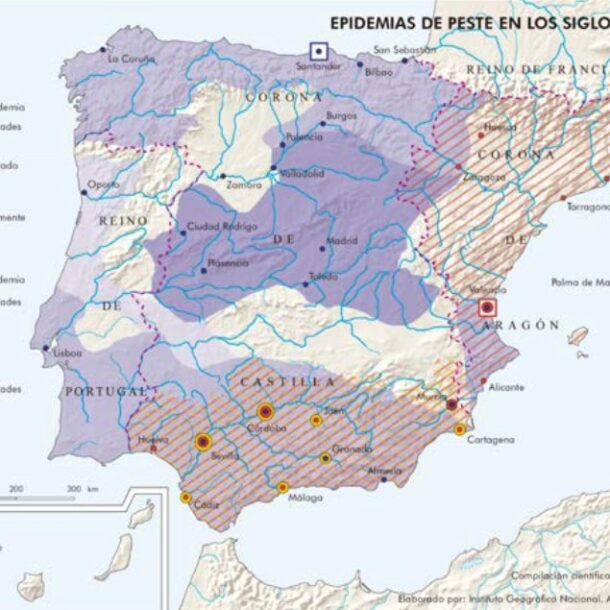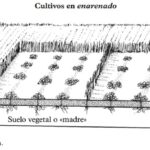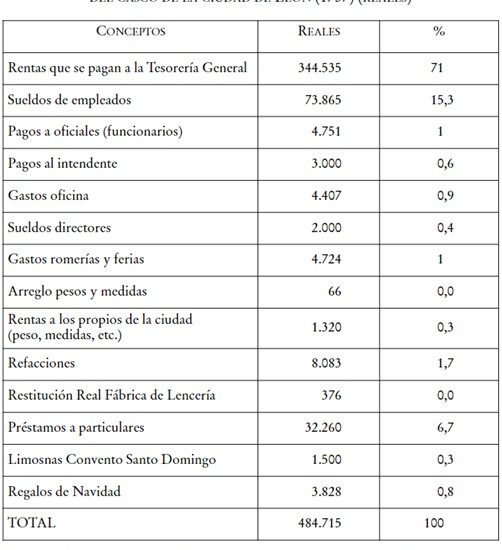
The volcanoes, although they caused destruction and losses of cereals and livestock, brought about new forms of agriculture using volcanic materials. On the island of Lanzarote, following the eruption of the volcano in the 1730s, a process of agricultural transformation took place. The technique of sanding, which consisted of covering the soil with a layer to buffer the climatic conditions, found its maximum expression on the island with “lapilli”, a volcanic material with a hygroscopic effect (accumulation of ambient humidity). With this method, the soil was covered with lapilli, where the seeds were planted, and ploughed. With the volcanic material, the scarce autumn rains were sufficient to irrigate crops that required water, such as vegetables, pulses or potatoes.
Collection: Images
Project: 2. Social and economic impact of technological revolutions in Europe.
Chronology: XVIII
Scope: Secondary Education, Baccalaureate, University
Link: https://dialnet.unirioja.es/servlet/articulo?codigo=3067584
Resource type: Image
Format: Drawing
Source: Macías, A. M. y Morales, G. (2009). "Vulcanismo histórico y cambio agrario en el siglo XVIII. Los enarenados de Lanzarote (Islas Canarias", en Revista Historia Agraria, nº 49, p. 66.
Language: Spanish
Date: 2009
Owner: Pablo Ballesta Fernández (Modernalia)
Copyright: ©Revista Historia Agraria ©Antonio M. Macías ©Guillermo Morales
Abstract: Resource showing how to grow crops that require water in Lanzarote, using volcanic elements and sanding techniques
Image
Tags








